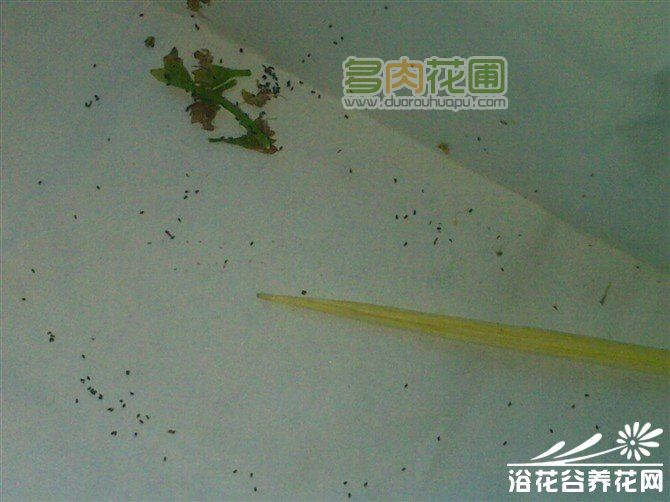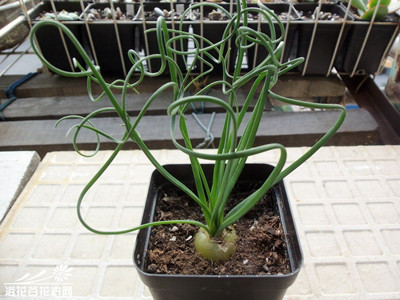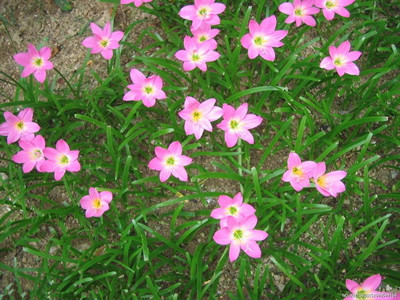The sowing method of Castanopsis thunbergii
The seeds of thatched vegetable are black and very small, so be careful when opening the package, otherwise the seeds may be wasted. Let's take a look at the sowing steps:
1. Preparation substrate: it is suggested that the medium is water moss that has been finely crushed, and according to some insect friends, sowing with live water moss has an unexpected effect on improving the germination rate. Put the matrix you need to use into a larger container for mixing, then add a little water to wet and set aside.
two。 Seeded flowerpot: fill the flowerpot with the substrate and place it in a glass jar or basin filled with pure water, so that the substrate absorbs enough water until the surface is moist, and then spray the surface with a spray bottle (spray).
3. Sowing: carefully open the seed package and spread the seed evenly on the surface of the substrate (if it is glued to the wrapping paper, tear it off with a piece of paper) and do not cover the soil.
4. Spray water: wet the surface with a spray bottle and adjust the sprinkler to the fog to spray carefully so as not to wash away the seeds. Put the seeded flowerpot together with the glass jar or water basin on the inside of the sunny windowsill. If it is a water basin, open the □ plastic cover at the top to moisturize. Pay attention to timely rehydration.
Maogao vegetable-like 30 days or so germination (20 degrees), in excellent conditions, 15 days or so can be seedling. After growing up, if the growth is too dense, you can carry out soil transplantation, do not hurt the root.

Introduction to the planting method of Castanopsis thunbergii
Mao paste vegetable, also known as felt moss, the name should be familiar to more people. It belongs to insectivorous plants and has about 250 native varieties. The leaves are covered with a layer of furry glandular hairs, which can secrete mucus, thus sticking to passing insects, digesting and absorbing them. The highest height is about 6 to 25 centimeters, and the seemingly weak herbs are actually very lethal to insects. If you want to understand the method of planting thatched vegetable, you must first understand its habits. Castanopsis thunbergii has the characteristics of liking light and dampness, but also tolerant to shade.
Ecological environment in nature: 1. Born under pine forests, in grass or by stream ditches in hillside tidal wetlands at an altitude of 1200m to 3650m.
two。 Born under hillsides, stream grasses, thickets and sparse forests.
Castanopsis thunbergii can not adapt to the cold or exposure and other natural environment, does not have a strong ability to resist the harsh environment, cold and hot areas are not suitable for survival.
These plants have chlorophyll and can carry out photosynthesis, but their roots are extremely underdeveloped, so they can make up for their lack of nitrogen nutrients by preying on insects.
There are several aspects that need to be paid attention to in growing thatched vegetables:
Seeds can generally be preserved for about three years. Sow and sow in a cold room or hotbed, but do not follow the soil. It is not suitable for cultivation in alkaline soil. After sprouting, it can be planted with peat soil, or it can be propagated by cuttings and cut with root cuttings; cut into small segments, each section is 1 inch long and placed flat in the peat soil to keep it warm and moist, that is, to take root and sprout. The temperature is kept at about 25 degrees and sprouts in about a month.
Moisture: the use of low mineral concentration of water source, the growing season can maintain a high humidity of the substrate, suitable for the bottom of the basin pad water supply, plants should not often spray water, so as not to make the glandular hair "dewdrop" difficult to form. The dormant period needs to be drier, but not thoroughly dry to prevent rotting roots. The air humidity should be kept above 50%, and the higher humidity can make the "dewdrops" of glandular hairs bigger and more ornamental.
Lighting: most thatched vegetables like light, sufficient sunlight can make the plant bright color, but in summer strong light should be shaded to prevent sunburn, no light will make the plant green.
Fertilization would rather be thin and frequently applied, not too high concentration, so as not to cause serious consequences of fat injury or even death. Feeding is not recommended to provide nutrients so as not to affect the ornamental quality.
There are many varieties of Castanopsis thunbergii, and their growth habits are also varied. Most of them are relatively easy to grow, and there are no great changes throughout the year. It also has good medicinal value, and its secretion contains protease similar to trypsin. But can not be used casually, careless usage, there will be toxic reactions. External application has analgesic effect, can treat rheumatism and fall injury, there will be a slight burning pain after application, can not be applied for a long time. Some people will have adverse reactions after oral administration, such as tinnitus and sleepiness. It is most commonly used in the treatment of arthritis, neurodermatitis, stomachache, etc.
- Prev

Propagation of spring grass and control of diseases and insect pests
Reed grass can be propagated by means of ramet and sowing. 1. Ramet: the pot can be changed in combination with autumn. The method is to break off the small bulbs sprouting around the big bulb and plant them in the culture soil, no matter whether they have roots or no roots. 2. Sowing: this method is suitable for mass propagation, carried out in autumn, and covered with thin soil after sowing.
- Next

Propagation methods of Carthamus tinctorius
There are usually two propagation methods of safflower onion orchid: sowing method and plant division method. The following is to introduce the specific operation methods to the flower friends: the seed collection of the sowing method: the seeds of safflower onion orchid mature from September to October. Due to the long flowering period, the seed collection time is not concentrated.
Related
- Fuxing push coffee new agricultural production and marketing class: lack of small-scale processing plants
- Jujube rice field leisure farm deep ploughing Yilan for five years to create a space for organic food and play
- Nongyu Farm-A trial of organic papaya for brave women with advanced technology
- Four points for attention in the prevention and control of diseases and insect pests of edible fungi
- How to add nutrient solution to Edible Fungi
- Is there any good way to control edible fungus mites?
- Open Inoculation Technology of Edible Fungi
- Is there any clever way to use fertilizer for edible fungus in winter?
- What agents are used to kill the pathogens of edible fungi in the mushroom shed?
- Rapid drying of Edible Fungi

